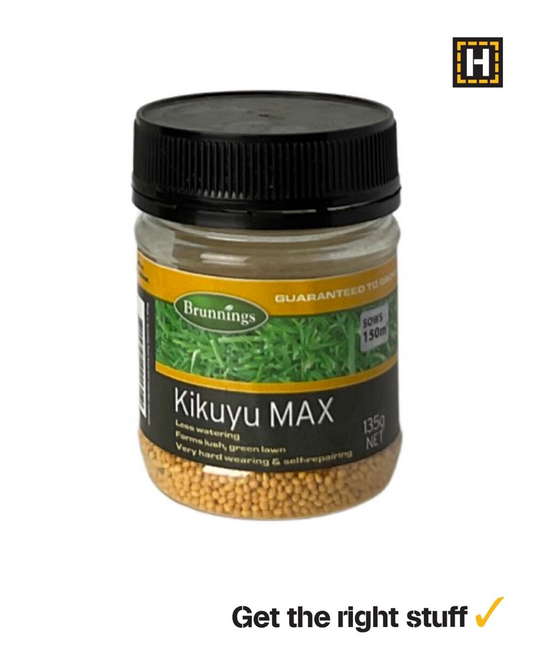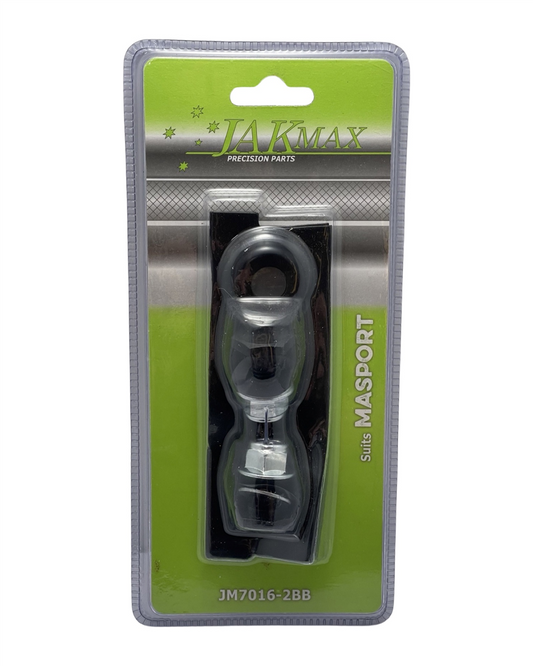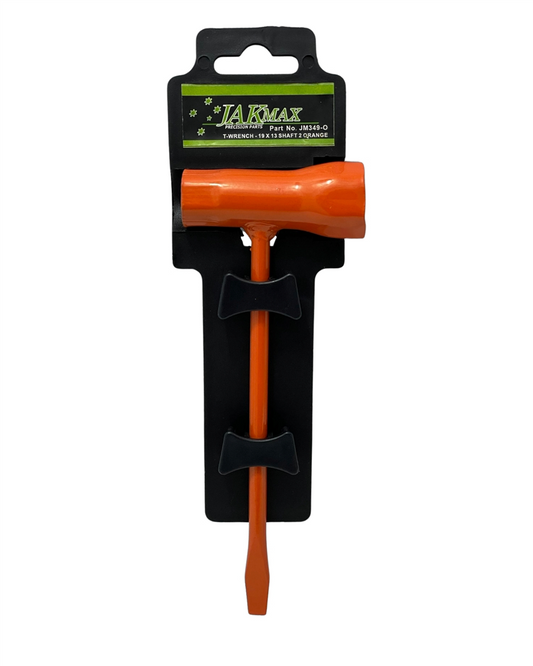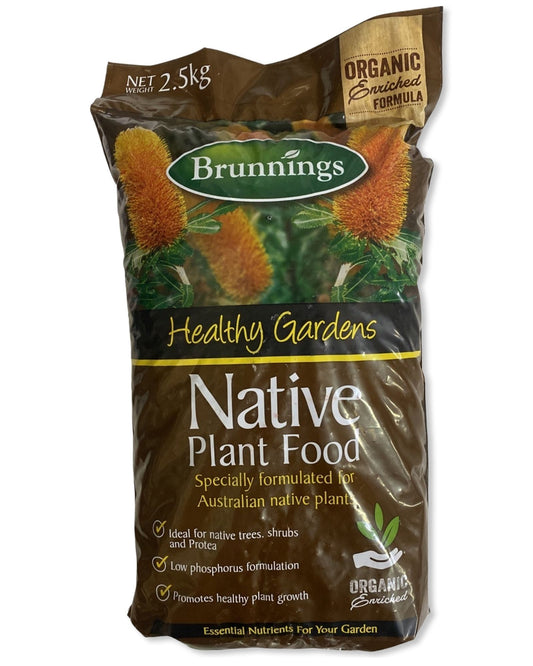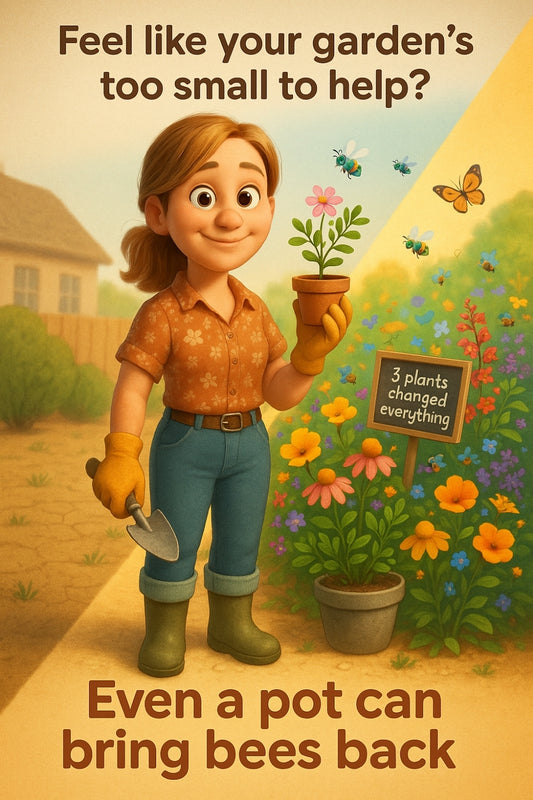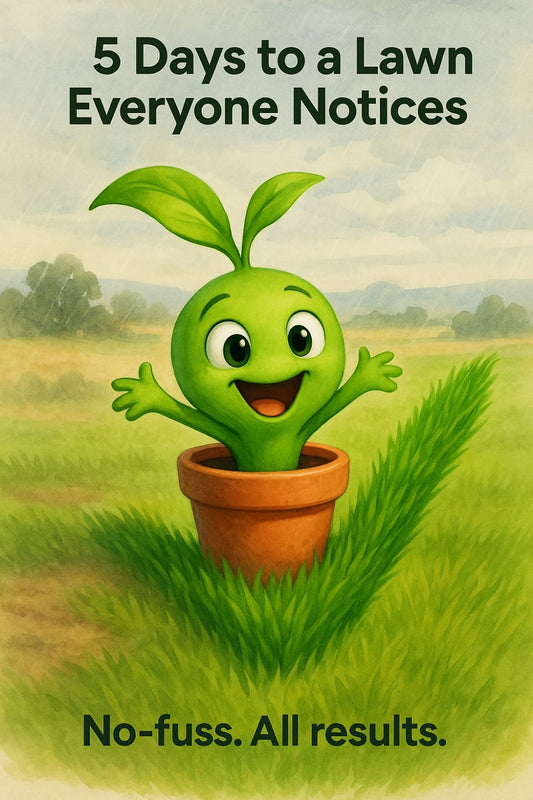Cyclone Tools users know: if your lawn’s patchy, your watering might be playing favourites.
Share
The hose was on—but my basil drooped anyway
How to fix dry spots and sad plants with this one overlooked garden tweak
Sometimes the garden whispers. Other times, it shouts by giving you a limp tomato bush and a patchy lawn. You water every morning, swear the soil feels damp, and yet some plants still sag like they've given up on life. Sound familiar?
There’s a good chance your watering system isn't broken – it’s just not distributing water evenly.
“Watered areas looked soaked, but hydrangeas nearby were bone dry. It wasn’t me—it was the setup.”
Here’s what’s really happening
Most basic garden hoses or older sprinkler systems create what we call uneven distribution zones. That means one corner of the garden is drowning while the other is begging for a drink.
If you’re hand-watering and still noticing uneven growth or dry patches, it’s not your fault—it’s the tool. A fixed spray nozzle or flat-colour lawn sprinkler looks like it’s doing the job, but often delivers inconsistent flow, especially on slopes or in hot south-facing beds.
The good news? There’s an easy fix that takes less than 10 minutes. Say hello to pressure-compensating dripper systems or adjustable watering wands.
Small switch, big difference
You don’t need to rip out your setup or invest in an irrigation blueprint. Swapping your nozzle or splitter to one that ensures even pressure across your zone can transform your garden health:
- Before: Water pooling near the tap, dry corners, yellowing plants on the far end.
- After: Healthy, perky plants—same watering time, better results.
Using a soaker hose or quality adjustable flow wand from a trusted brand like Cyclone Tools makes the difference. These aren’t flashy tools. They’re not ‘smart’ or Bluetooth-enabled. But they work. Every drop lands where it should—especially when your plants are counting on you during South Australia’s hot spells.
“But I already water every day...”
This is where the contrast hits. Many gardeners spend hours watering inefficiently, thinking it’s a time issue or a plant choice problem. In truth?
Used to take 30 minutes and still have patchy growth. Now? 8 minutes. Everything’s thriving.
If your plants could talk, they’d thank you for adjusting your water delivery—not just the amount.
The feel shift: From guessing to knowing
There’s something wildly satisfying about knowing you’re getting it right. When your basil stays upright past lunchtime and even the pots on the verandah are surprisingly healthy, it clicks: oh, this works.
No more dragging hoses back and forth or wondering if your garden’s secretly high-maintenance. With the right watering gear—calibrated for your setup and local climate—you go from hoping to helping.
Signs your garden is craving a better watering method
- Brown, crispy edges—even after regular watering
- Powdery patches or waterlogged puddles near one side
- Lush herbs in one pot, withering matchsticks in the next
- Mushrooms popping up in one corner you never meant to soak
These aren’t quirks—they’re clues. Your plants are subtly telling you something’s off. Getting curious about your current watering tool is the first step.
A local tip from gardeners who know
In the red soil pockets around Strath, water doesn’t always absorb evenly. Clay holds on; sandy areas drain too fast. That’s why experienced locals favour slow release watering tools like seep hoses or watering spikes. They allow time for absorption, reducing runoff and encouraging roots to grow deep—and stay strong during those late January heatwaves.
One last nudge
You know those moments where everything in the garden just feels... calm? No guessing, no stress, just thriving plants and a subtle breeze in the gum trees? That starts with one small shift.
Fix the flow, and the rest follows.
Happy growing,
Candeece 👩🌾
 Stay Connected
Stay Connected
Join our gardening community on Facebook: Urban Gardener's Notebook
And follow our Store Facebook Page: Strathalbyn H Hardware on Facebook


